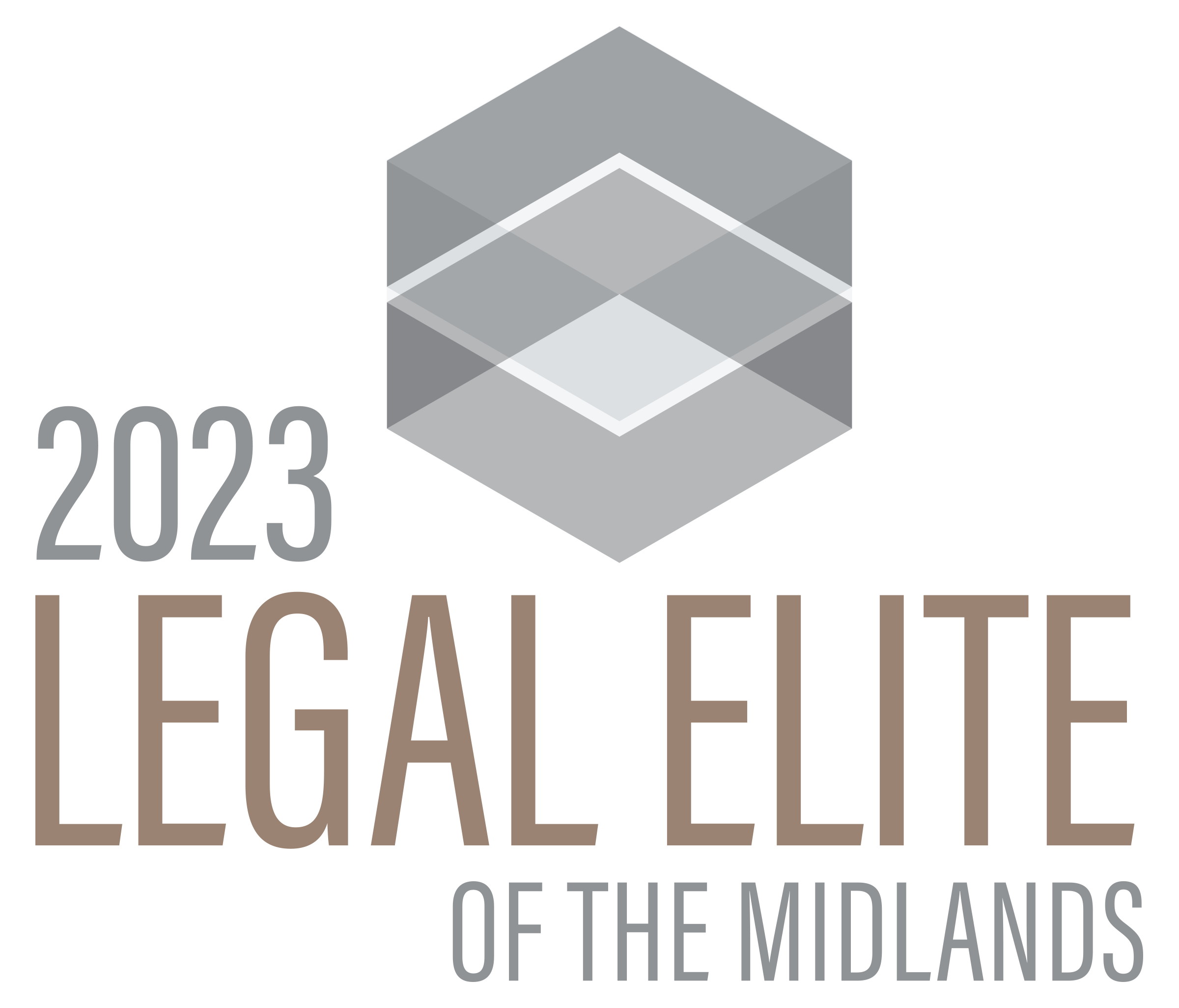By: Robert F. Goings
South Carolina law has established a civil cause of action known as “civil conspiracy.” Civil conspiracy can be alleged in certain injury or business litigation cases. The law of civil conspiracy has evolved over the years in South Carolina, and in sometimes, this claim can prove particularly useful to a plaintiff in establishing liability against multiple defendants.
The Three Elements of a South Carolina Civil Conspiracy Claim
First Element: The Combination of Two or More People and/or Entities
The actions of two or more individuals or legal entities are required. To establish a conspiracy, evidence, direct or circumstantial, must be produced from which a party may reasonably infer the joint assent of the minds of two or more parties to the prosecution of the unlawful enterprise. Importantly, in South Carolina, a company or corporation cannot conspire with itself. The combination of an employee acting on behalf of a company does not meet the requirement of two or more persons/entities. Stated differently, a civil conspiracy cannot exist when the alleged acts arise in the context of a principal-agent relationship because by virtue of the relationship such acts do not involve separate entities.
Second Element: For the Purpose of Injuring the Plaintiff
The “essential consideration” in civil conspiracy is not whether lawful or unlawful acts or means are employed to further the conspiracy, but whether the primary purpose or object of the combination is to injure the plaintiff. The purpose of the acts must be to foreseeably cause injury to the plaintiff. The commission of an unlawful act is not a necessary element of the tort.
Third Element: Special Damages
Appellate cases in South Carolina indicate that special damages must be separate and distinct from the damages sought in any other cause of action. An obvious reason for this requirement is to prevent double recovery. Although, it is unclear whether special damages in this context means damages that are economic and quantifiable in nature, instead of non-economic damages such as a pain and suffering, loss of enjoyment of life, damage to reputation, etc.





























